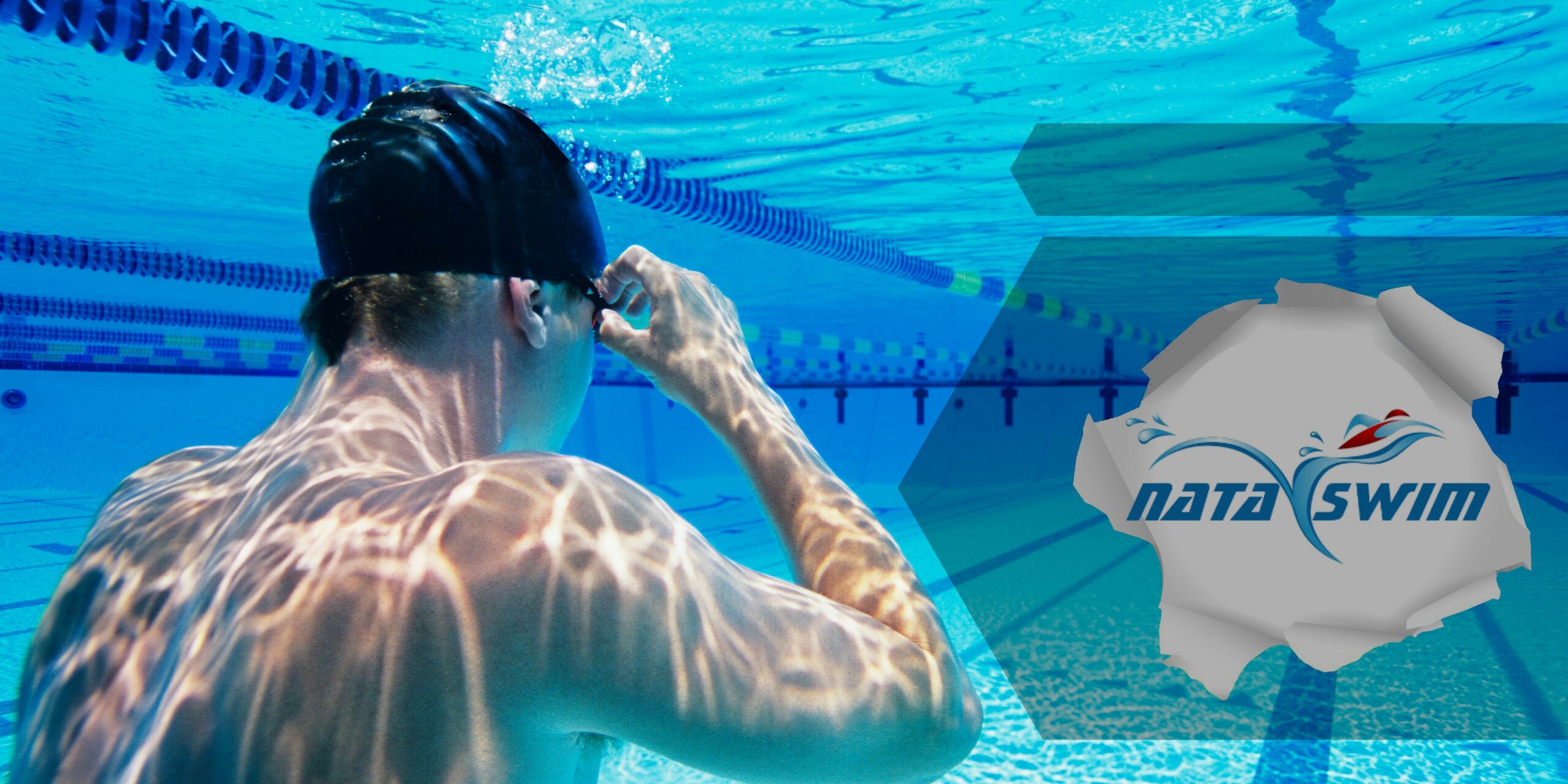

Championship season swimming
The championship season is all about competitive performance rather than responses to training. Estimates of progression and variability of performance in competitions are useful for coaches, swimmers, and researchers interested in factors affecting performance...
Tapering swimming
The tapering strategy used by many swimmers to optimize competition performance has been defined as "a progressive non-linear reduction of the training load during a variable period of time, in an attempt to reduce the physiological and psychological stress of daily...
Early season swimming
The main features of the early-season phase are a modest training volume to start, small 5-10 km increases in volume per week, low initial training intensity, and dry-land conditioning including flexibility, circuits, weight training, and other games and activities,...
Preseason swimming
Preseason training commences from the low base of fitness maintained during the off-season. Swimmers typically start the preseason phase with a single session per day and gradually increase the number of sessions over the first few weeks. A graded increase sees the...
training and testing of competitive swimmers
Two of the most common features of training programs of swimmers competitive are the periodization of training volume and intensity and the transition from training to racing. A periodized training and tapering program is based on the principle of...
Swimming : – breaststroke leverage drills
Improvements in breaststroke across the board, over the past twenty years, are largely due to rule changes that allow better use of leverage and the elimination of drag. By producing an integrated rocking motion between the head and legs, with the hips as stable as...
Swimming : – breaststroke breathing drills
The forward breathing style of the breaststroke makes the head position a factor in maintaining the forward line of the stroke. In addition, the timing of the breathing is crucial in reducing drag during the power phase of the stroke. Incorrectly timed, the breathing...
Swimming : – breaststroke recovery drills
Breaststroke is the only stroke with a recovery that passes through the water rather than over it, leading to the potential for a great deal of drag. To overcome this drag, the breaststroke recovery must be an active part of the stroke, rather than a resting phase, as...
Swimming : – breaststroke arm stroke drills
In an effort to overcome drag, and increase forward motion, the breaststroke arm stroke has evolved immensely over time. While it has remained a simultaneous stroke, many theories about what the arms do have been developed. The arm stroke has been described as a...
Swimming : – breaststroke kick drills
Unlike other strokes, the kick in the breaststroke produces more forward motion than the arm stroke. It also has a great deal of potential drag. It is a unique kick that uses rounded, lateral and completely splashless leg motion, where the soles of the feet push the...
Swimming : – breaststroke body position drills
Because drag is an inherent part of the breaststroke, achieving excellent body position is essential in maximizing the forward motion of the stroke. Like freestyle and backstroke, the core is the center of power, but in breaststroke, there is no side-to-side roll,...
Swimming : – backstroke coordination drills
Coordinated backstroke unifies the individual actions of the stroke into a seamless effort forward. With each part working together, the backstroke becomes easier, smoother, and more comfortable, as well as more productive. The goal of the following coordination...
Swimming | Drills |
- Swimming | Backstroke Drills | Teaching and coaching
- Swimming | Breaststroke Drills | Teaching and coaching
- Swimming | butterfly Drills | Teaching and coaching
- Swimming | Freestyle Drills | Teaching and coaching
- Swimming | Backstroke Drills | Teaching and coaching
- Swimming | Breaststroke Drills | Teaching and coaching
- Swimming | butterfly Drills | Teaching and coaching
- Swimming | Freestyle Drills | Teaching and coaching
![]()
Swimming | Articles |
- Championship season swimming
- Competition analysis swimming
- Early season swimming
- Factors Influencing Swimming Performance
- Laws of swimming
- Methods to improve swimming speed
- Paddlers are more efficient than propellers
- Physiological Testing of Swimmers
- Preseason swimming
- Recovery swimming
![]()



